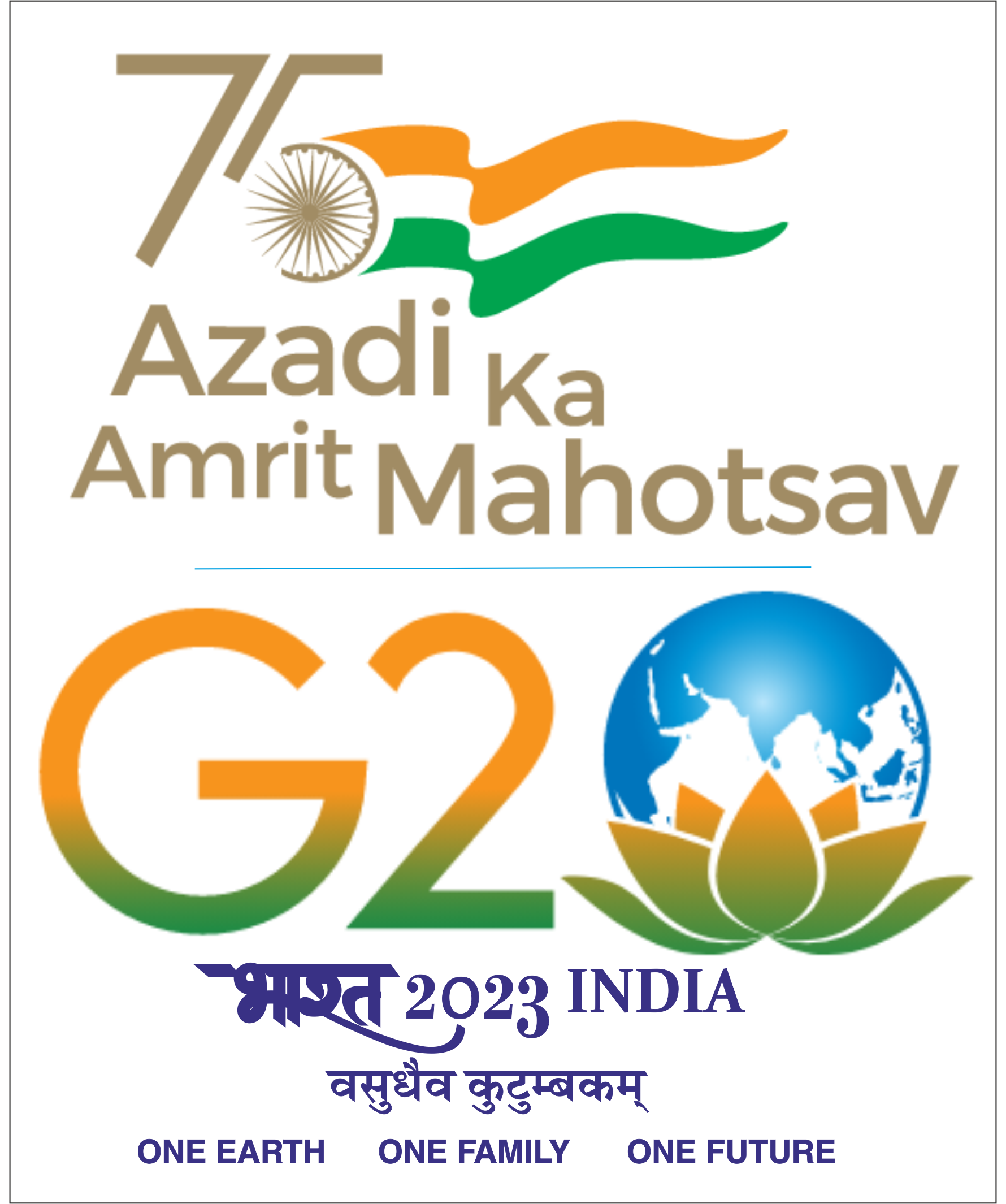Mr. Pranadh will present his APS as per the detail below:
Date: 27th September 2024 (Tuesday)
Time: 1530 - 1700 hrs.
Venue: CTARA Conference Room 1.
Topic: Evolution of lakes from rural to urban system and impacts on lake hydrology, ecosystem services and people- a case study of Bengaluru lakes
Guide: Prof. Pennan Chinnasamy
RPC Members: Prof. Haripriya Gundimeda, Prof. Chaaruchandra Korde
Abstract: The interconnected lake systems in Bengaluru, India, face significant stress due to rapid urbanization in the past three decades. Traditional lake centric research approaches, that focusses on individual lake related issues, struggle to address this concern due to the cascaded effects of urbanization on interconnected lakes. The present study assesses the impact of urbanisation on the less researched but degraded Yele Mallappa Shetty Lake series (YMSLS). The land use and land cover changes, assessed using remote sensing data, in YMSLS from 1993 to 2023 indicated that built-up area in the catchment expanded from 7.2 % of the catchment in 1993 to 34.6% by 2023 indicating significant urbanisation. Subsequently, improper disposal of wastewater is contributed to increased wastewater inflow and pollution in the lakes. In the present phase of work, water quality analysis (2023-24) and a preliminary assessment of the impacts of diversion of treated wastewater (TWW) from the catchment is carried out. The study used two water quality indices; Weighted Arithmetic Water Quality Index (WAWQI) and the Overall Index of Pollution (OIP), to quantify the impacts on water quality (WQ). The WAWQI results showed a slight improvement in mean WAWQI during post-monsoon season (92) compared to monsoon season (109.3), while highest values were found in summer (193.5) indicating worst quality. Similarly, OIP values increased from 4.6 in the monsoon to 4.9 in summer, reemphasising poor water quality. Further, a preliminary impact assessment of TWW diversion from the YMSLS catchment, as part of the Hebbal-Nagavara Valley TWW pumping project, was conducted. The results showed a seven-fold increase in water surface area (from 0.2 sq. km to 11.9 sq. km) between 2019 and 2023 in the impacted Devaahalli taluka along with significant improvements in groundwater levels, enhancing local drinking water supply (after sufficient treatment) and irrigation. Thus, the urbanization-driven wastewater is improving water availability in regions outside the lake catchment, while lakes within the catchment remain heavily polluted. The results indicate that further analysis is needed to better understand water balance and wastewater management at the catchment scale in forthcoming stages of the research. This will help to facilitate basin-level management and address water issues as the area undergoing rapid urbanisation.





